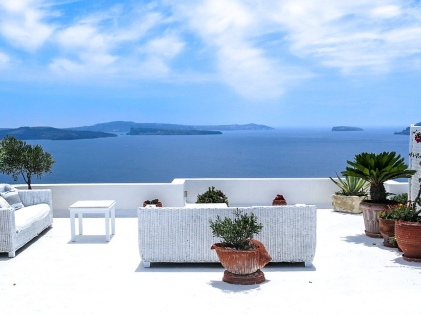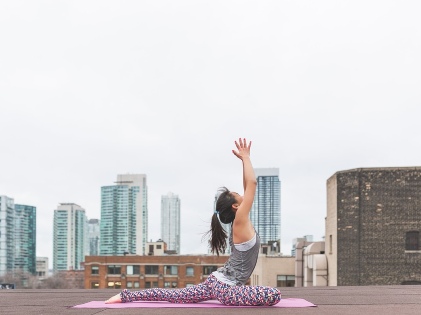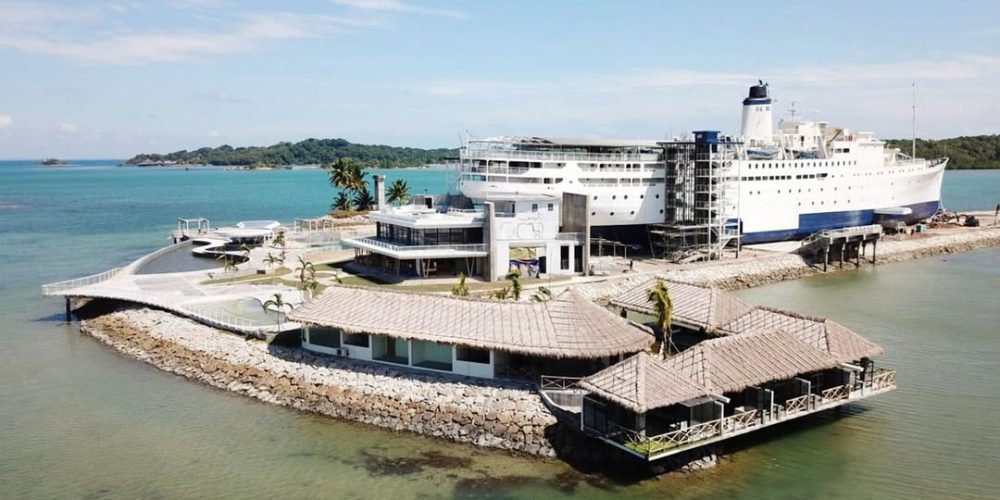You probably don't need anyone to tell you about the upsides of living in a luxury apartment like a penthouse. There are hardly any cons, and living in a penthouse is a dream of many. But only a few people can afford to buy a penthouse and make it their home. They have their breakfasts on the terrace, enjoy their evening drinks in the open air while watching the sunset, and dine while staring at the city's panorama. Besides offering ample space and freedom, penthouses have exclusive features and amenities that many go gaga over. If you didn't know, a penthouse is a dwelling unit built on a building's top floor. But how is it like living in a penthouse? And how did penthouses become a lifestyle choice for the rich and powerful? Let's find out.
The History of Penthouses

The history of penthouses can intrigue you as it exhibits the changes that human thinking went through. Architectural trends have transformed in the past centuries. Today, a penthouse is nothing but a large and luxurious apartment along with a terrace. However, that’s not what penthouses used to be before. In architectural terms, a penthouse is a structure built on a building’s top floor.
The rule is that it won’t occupy the entire roof. As far as the tower blocks are concerned, any building’s top area was kept clear for mechanical installations like heating and cooling systems, elevator machines, and so on. In the initial years, a top area was considered just an extension and was never a suitable location to build an apartment.
Humble Beginnings

Until the mid-1800s, penthouses were anything but attractive apartments. The first floor was considered the most prestigious of all and, therefore, was valued the most. Anyone belonging to the lower strata of the society used to live on the upper floors. But what is the reason for the shift?
How did the unattractive apartments turn out to be a status symbol and a structure that defines style and luxury? Well, you would be surprised to know that stairs were brought around these changes.
In taller buildings, people had to climb many stairs to go up, which required a lot of physical effort. This is why maids, service, and kitchen staff used to live on the higher floors, whereas the elite used to reside on the lower floors. The ground floors and the representative floors are where the seniors lived. A higher ceiling characterized their apartments, and sophisticated materials were in use for finishing.
Pioneers from Europe

Across the Atlantic, the potentially inoperative portion in the last story of a building was possibly not found out. In contrast, these portions were primarily in use for various purposes in the American cities back in the 20s decade of the 20th century.
Slowly and steadily, the popularity of the idea started to spread across countries. The builder rearranged the previous order of the floors by reversing the traditional floor layout. The importance of the lower floors decreased after introducing elevators, as reaching the highest floors of a building was a lot easier now.
There was a flow of new requirements and opportunities. There wasn’t proper lighting on the lower floors anymore. Since the top floor was easily accessible, the scenic views from the top floor garnered appreciation. With the construction of an apartment on the top, an amazing panorama of the entire city became the talk of the town. Additionally, people living on the top floors got a respite from the traffic noise. This was an opportunity to avoid the hustle and bustle and enjoy a quiet and relaxed time on the terrace.
The Perks and Comfort of Living High Up
After it changed over the past decades, a penthouse today stands as a luxury apartment. These penthouses are generally located on the top two floors of a building, having large terrace gardens designed on the roof. Just a few years back, penthouses were available only for the rich. However, they are becoming increasingly affordable for many.
More than being a symbol of prestige, penthouses today guarantee the comfort of living. These apartments are the amalgamation of the best features and perks of living in a city and beyond city limits.


